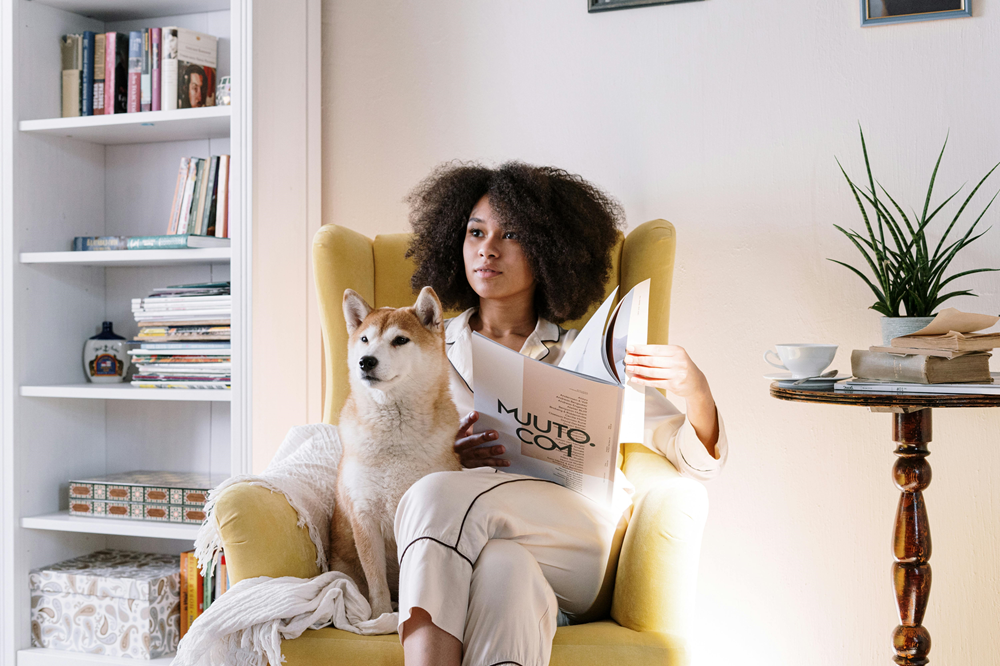GRAB THE PUPPY BUNDLE FOR 15% OFF AND A BONUS GIFT!
GRAB THE PUPPY BUNDLE FOR 15% OFF AND A BONUS GIFT!

October 15, 2024 3 min read
Imagine this: You've had a long day at work, and you're looking forward to relaxing at home with your furry best friend. As you walk through the door, you're greeted with a scene of chaos: your dog is sitting by a shattered vase, a chewed-through power cord dangling nearby. Panic sets in as you realize the potential danger your pet has been in.
These accidents can be dangerous for your dog and stressful for you. It's heartbreaking to see your beloved pet hurt, and the financial and emotional consequences of these incidents can be significant. That's why creating a safe and secure home environment for your dog is essential.
Here are some tips on how to dog-proof your home room by room and additional safety tips to keep your furry friend safe.
Invest in your pet's safety. It might seem like a hassle, but the time and effort you put into dog-proofing your home will be well worth it. A safe home means a happier, healthier dog. Start small and gradually implement these changes. Don't try to do everything at once. Start with one room at a time and gradually make your home more pet-friendly.
Be patient and persistent. It may take some time to get your dog used to a new environment or routine. Be patient and consistent with your training efforts. Remember, you're not alone. Many pet owners face similar challenges. Don't hesitate to reach out to friends, family, or a veterinarian for support and advice.
By taking these steps, you can create a safe and secure home for your dog, allowing them to live a happy and healthy life.